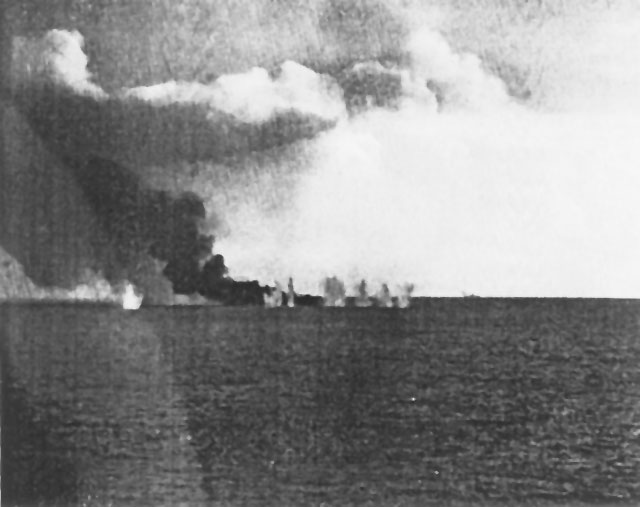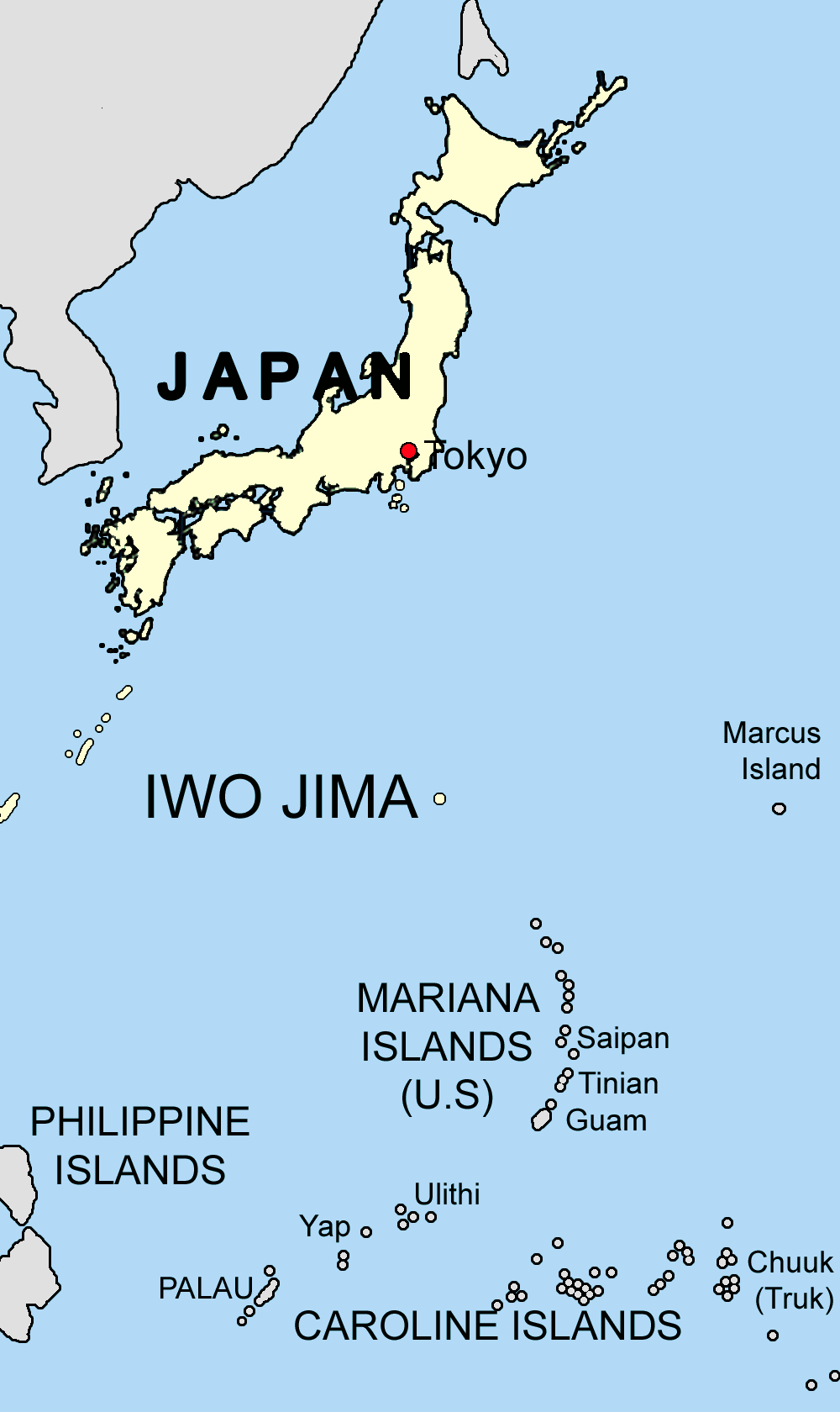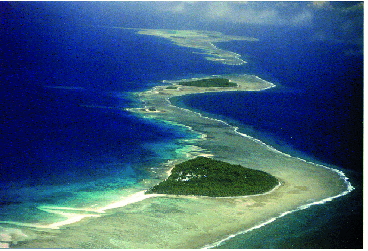|
USS Evans (DD-552)
USS ''Evans'' (DD-552), a , was the second ship of the United States Navy to be named for Rear admiral (United States), Rear Admiral Robley D. Evans (admiral), Robley D. Evans (1846–1912). Construction and commissioning ''Evans'' was Ceremonial ship launching, launched on 4 October 1942 by the Gulf Shipbuilding Company at Chickasaw, Alabama, Chickasaw, Alabama sponsored by Mrs. C. E. Isherwood, and Ship commissioning, commissioned on 11 December 1943. Pacific service Marianas ''Evans'' reached Majuro on 29 March 1944 from Pearl Harbor and the East Coast, and after escorting to a midocean fueling rendezvous, conducted independent antisubmarine patrols around Japanese-held atolls in the Marshall Islands until 13 May. After training in the Hawaiian Islands, she departed Pearl Harbor on 3 June to screen the fueling and aircraft replacement group supporting both the fast carrier task force and the carrier escort force during the assault and Battle of Saipan, capture of S ... [...More Info...] [...Related Items...] OR: [Wikipedia] [Google] [Baidu] |
USS Evans (DD-552) In The Gulf Of Mexico 1943
Four ships in the United States Navy have been named USS ''Evans'', the first two for Robley D. Evans (admiral), Robley D. Evans, and the latter two for Ernest E. Evans. * was a launched in 1918, and transferred in 1940 to the Royal Navy as HMS ''Mansfield'', and decommissioned in 1944 * was a , launched in 1942 and scrapped in 1947 * was a named for Ernest E. Evans. She was launched in 1955 and stricken in 1973 * is a planned destroyer. See also * was a , named for Clarence Lee Evans * was an , named for Frank Evans (general), Frank Evans, launched in 1944 and sunk in 1969 {{DEFAULTSORT:Evans United States Navy ship names ... [...More Info...] [...Related Items...] OR: [Wikipedia] [Google] [Baidu] |
Battle Of Saipan
The Battle of Saipan was an amphibious assault launched by the United States against the Empire of Japan during the Pacific War, Pacific campaign of World War II between 15 June and 9 July 1944. The initial invasion triggered the Battle of the Philippine Sea, which effectively destroyed Japanese Aircraft carrier operations during World War II, carrier-based airpower, and the battle resulted in the American capture of the island. Its occupation put the major cities of the Japanese home islands within the range of B-29 bombers, making them vulnerable to strategic bombing by the United States Army Air Forces. It also precipitated the resignation of Hideki Tōjō, the prime minister of Japan. Saipan was the first objective in Operation Forager, the campaign to occupy the Mariana Islands that got underway at the same time the Allies in World War II, Allies were invading France in Operation Overlord. After a two-day naval bombardment, the U.S. 2nd Marine Division, 4th Marine Division, ... [...More Info...] [...Related Items...] OR: [Wikipedia] [Google] [Baidu] |
Kamikaze
, officially , were a part of the Japanese Special Attack Units of military aviators who flew suicide attacks for the Empire of Japan against Allied naval vessels in the closing stages of the Pacific campaign of World War II, intending to destroy warships more effectively than with conventional air attacks. About 3,800 ''kamikaze'' pilots died during the war in attacks that killed more than 7,000 Allied naval personnel, sank several dozen warships, and damaged scores more. The term is used generically in modern warfare for an attacking vehicle, often unmanned, which is itself destroyed when attacking a target; for example, a kamikaze drone. ''Kamikaze'' aircraft were pilot-guided explosive missiles, either purpose-built or converted from conventional aircraft. Pilots would attempt to crash their aircraft into enemy ships in what was called a "body attack" (''tai-atari'') in aircraft loaded with bombs, torpedoes or other explosives. About 19 percent of ''kamikaze'' attacks ... [...More Info...] [...Related Items...] OR: [Wikipedia] [Google] [Baidu] |
Landing Craft Support
The Landing Craft, Support (Large) were two distinct classes of amphibious warfare vessels used by the United States Navy (USN) in the Pacific and the Royal Navy in World War II. The USN versions, which were later reclassified Landing Ship Support, Large, also performed radar picket duty and fire fighting. US Navy vessels The original designation for the ships was LCS(L)(3), which stood for "Landing Craft Support (Large) Mark 3". In 1949 the class was reclassified to "Landing Ship Support, Large" (LSSL). The United States Navy had to have the designation LCS(L) because there was also a smaller class named LCL that were built mainly for rescue and smoke laying during amphibious operation. Design and manufacture A total of 130 were made. Three different ship building yards did the construction: George Lawley & Son ( Neponset, Massachusetts); Commercial Iron Works (Portland, Oregon); and Albina Engine Works (Portland, Oregon). The hull was the same as the Landing Craft In ... [...More Info...] [...Related Items...] OR: [Wikipedia] [Google] [Baidu] |
Radar Picket
A radar picket is a radar-equipped station, ship, submarine, aircraft, or vehicle used to increase the radar detection range around a nation or military (including naval) force to protect it from surprise attack, typically air attack, or from criminal activities such as smuggling. The term ' picket' is an old military term for a sentry placed forward of a defensive line, in order to provide an advanced warning. By definition a radar picket must be some distance removed from the anticipated targets to be capable of providing ''early warning''. Often several detached radar units would be placed in a ''ring'' to encircle a target to provide increased cover in all directions; another approach is to position units to form a ''barrier line''. Radar picket units may also be equipped to direct friendly aircraft to intercept any possible enemy. In British terminology the radar picket function is called aircraft direction. A ship performing this function is termed a fighter direction ship ... [...More Info...] [...Related Items...] OR: [Wikipedia] [Google] [Baidu] |
Kerama Retto
The are a subtropical island group southwest of Okinawa Island in Japan. Geography Four islands are inhabited: Tokashiki Island, Zamami Island, Aka Island, and Geruma Island. The islands are administered as Tokashiki Village and Zamami Village within Shimajiri District. The Kerama-shotō coral reef is a Ramsar Site. The archipelago consists of the following islands (-jima/-shima) – inhabited ones are highlighted in blue – and rocks (other suffixes, unnamed entries) with an area of at least 0.01 km2. Beaches These are notable beaches of the Kerama Islands: File:Ama_beach_in_Zamami_Island.jpg, Ama beach in Zamami island File:Aharen Beach On Tokashiki Island 2009 (7373).JPG, Aharen Beach on Tokashiki Island File:Tokashiku_Beach_On_Tokashiki_Island_2009_(7372).JPG, Tokashiku beach on Tokashiki Island File:Tokashiku Beach on Tokashiki Island Okinawa 2018.png, Tokashiku beach Flora The archipelago has several extensive coral reefs. Two of them were designated as ... [...More Info...] [...Related Items...] OR: [Wikipedia] [Google] [Baidu] |
Battle Of Okinawa
The , codenamed Operation Iceberg, was a major battle of the Pacific War fought on the island of Okinawa Island, Okinawa by United States Army and United States Marine Corps forces against the Imperial Japanese Army during the Pacific War, Imperial Japanese Army. The initial invasion of Okinawa on 1 April 1945 was the largest Amphibious warfare, amphibious assault in the Pacific Theater of World War II. The Kerama Islands surrounding Okinawa were preemptively captured on 26 March 1945 by the United States Army, U.S. Army 77th Sustainment Brigade, 77th Infantry Division. The 82-day battle on Okinawa lasted from 1 April 1945 until 22 June 1945. After a long campaign of Leapfrogging (strategy), island hopping, the Allies of World War II, Allies were planning to use Kadena Air Base on the island as a staging point for Operation Downfall, the planned invasion of the Japanese archipelago, Japanese home islands, away. The United States created the Tenth United States Army, Tenth Army ... [...More Info...] [...Related Items...] OR: [Wikipedia] [Google] [Baidu] |
Okinawa Island
, officially , is the largest of the Okinawa Islands and the Ryukyu Islands, Ryukyu (''Nansei'') Islands of Japan in the Kyushu region. It is the smallest and least populated of the five Japanese archipelago, main islands of Japan. The island is approximately long, an average wide, and has an area of . It is roughly south of the main island of Kyushu and the rest of Japan. It is northeast of Taiwan. The total population of Okinawa Island was 1,384,762 in 2009. The greater Naha area has roughly 800,000 residents, while the city itself has about 320,000 people. Naha is the seat of Okinawa Prefecture on the southwestern part of Okinawa Island. Okinawa has a humid subtropical climate. Okinawa has been a strategic location for the United States Armed Forces since the Battle of Okinawa and the end of World War II. The island was formally controlled by the United States Civil Administration of the Ryukyu Islands until 1972, with around 26,000 U.S. military personnel stationed on Oki ... [...More Info...] [...Related Items...] OR: [Wikipedia] [Google] [Baidu] |
USS Evans (DD 552)
Four ships in the United States Navy have been named USS ''Evans'', the first two for Robley D. Evans, and the latter two for Ernest E. Evans. * was a launched in 1918, and transferred in 1940 to the Royal Navy as HMS ''Mansfield'', and decommissioned in 1944 * was a , launched in 1942 and scrapped in 1947 * was a named for Ernest E. Evans. She was launched in 1955 and stricken in 1973 * is a planned destroyer. See also * was a , named for Clarence Lee Evans USS ''Clarence L. Evans'' (DE-113) was a built for the United States Navy during World War II. She served in the Atlantic Ocean and provided escort service against submarine and air attacks for Navy vessels and convoys. She was launched on 22 ... * was an , named for Frank Evans, launched in 1944 and sunk in 1969 {{DEFAULTSORT:Evans United States Navy ship names ... [...More Info...] [...Related Items...] OR: [Wikipedia] [Google] [Baidu] |
Escort Aircraft Carrier
The escort carrier or escort aircraft carrier (U.S. hull classification symbol CVE), also called a "jeep carrier" or "baby flattop" in the United States Navy (USN) or "Woolworth Carrier" by the Royal Navy, was a small and slower type of aircraft carrier used by the Royal Navy, the Royal Canadian Navy, the United States Navy, the Imperial Japanese Navy and Imperial Japanese Army Air Force in World War II. They were typically half the length and a third the displacement of larger fleet carriers, more-lightly armed and armored, and carried fewer planes. Escort carriers were most often built upon a commercial ship hull, so they were cheaper and could be built quickly. This was their principal advantage as they could be completed in greater numbers as a stop-gap when fleet carriers were scarce. However, the lack of protection made escort carriers particularly vulnerable, and several were sunk with great loss of life. The light carrier (U.S. hull classification symbol CVL) was a si ... [...More Info...] [...Related Items...] OR: [Wikipedia] [Google] [Baidu] |
Battle Of Iwo Jima
The was a major battle in which the United States Marine Corps (USMC) and United States Navy (USN) landed on and eventually captured the island of Iwo Jima from the Imperial Japanese Army (IJA) during World War II. The American invasion, designated Operation Detachment, had the goal of capturing the island with its two airfields: South Field (Iwo Jima), South Field and Central Field (Iwo Jima), Central Field. The Japanese Army positions on the island were heavily fortified, with a dense network of bunkers, hidden artillery positions, and of tunnels. The American ground forces were supported by extensive naval artillery, and enjoyed complete air supremacy provided by U.S. Navy and Marine Corps aviators throughout the battle. The five-week battle saw some of the fiercest and bloodiest fighting of the Pacific War. Unique among Pacific War battles involving amphibious island landings, total American casualties exceeded those of the Japanese, with a ratio of three American casual ... [...More Info...] [...Related Items...] OR: [Wikipedia] [Google] [Baidu] |
Ulithi
Ulithi (, , or ; pronounced roughly as YOU-li-thee) is an atoll in the Caroline Islands of the western Pacific Ocean, about east of Yap, within Yap State. Name The name of the island goes back to Chuukic languages, Proto-Chuukic ''*úlú-diwo''. Overview Ulithi consists of 40 islets totaling , surrounding a lagoon about long and up to wide—at one of the largest in the world. It is administered by the Yap State, state of Yap in the Federated States of Micronesia. Ulithi's population was 773 in 2000. There are four inhabited islands on Ulithi Atoll. They are Falalop (), Asor ''(Yasor)'', Mogmog ''(Mwagmwog)'', and Fedarai ''(Fedraey)''. Falalop is the most accessible with Ulithi Airport, a small resort hotel, store and one of three public high schools in Yap state. Mogmog is the seat of the high chief of Ulithi Atoll though each island has its own chief. Other important islands are Losiap (), Sorlen ''(Sohl'oay)'', and Potangeras ''(Potoangroas)''. The atoll is in the ... [...More Info...] [...Related Items...] OR: [Wikipedia] [Google] [Baidu] |







